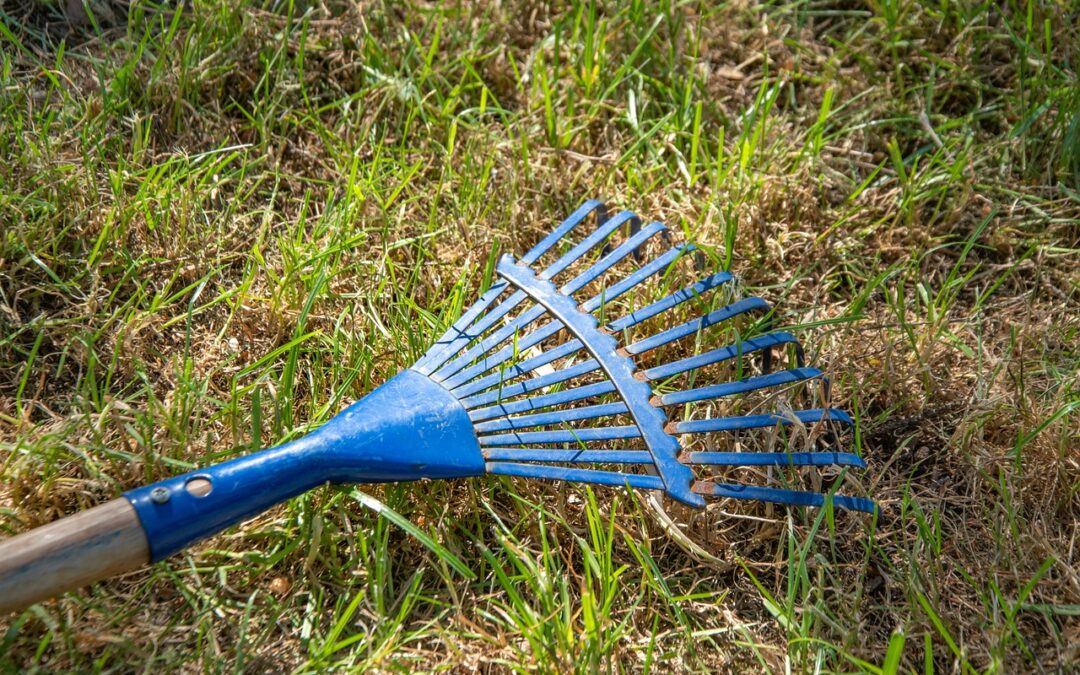How Important is Dethatching Your Lawn?
How important is dethatching your lawn? Dethatching a yard can mean the difference between a healthy growing lawn and a yard with bare spots and brown areas that’s filled with pests and disease. The answer is that dethatching is essential. However, it’s a lawncare procedure that is often neglected.
What is Dethatching?
Dethatching a yard is the process of removing accumulated thatch from the lawn. Thatch is a layer of dead grass, roots, and other organic matter that can build up between the soil and the actively growing grass. While a thin layer of thatch can be beneficial as it helps retain moisture and insulate the soil, excessive thatch can hinder water, nutrients, and air from reaching the grassroots, leading to an unhealthy lawn.
How Important is Dethatching Your Lawn?
Steps to Dethatching
Start by mowing your lawn at a lower height than usual. This will help expose the thatch layer and make it easier to remove.
Next, use a specialized hoe or machine. A dethatching device has rotating blades or tines that penetrate the thatch layer and lift it to the surface. Once you loosen the thatch, you can collect and remove it with a rake or a lawn sweeper.
After dethatching, it’s a good practice to aerate the lawn, which involves creating small holes in the soil to improve air and water movement to the grassroots. This can further enhance the health of the lawn. It’s an excellent time to apply fertilizer and water your lawn to promote recovery and new grass growth. If you notice thin areas or bare spots, consider reseeding. This will help thicken your lawn and improve its overall health.
Why is Dethatching Essential for Your Lawn?
- Regular dethatching can contribute to a healthier and more vibrant lawn by allowing the grass to receive nutrients, water, and air more effectively. It helps to promote healthy growth by allowing these essential elements to penetrate the soil and reach the roots.
- When thatch builds up, it can create a breeding ground for pests and diseases, which can damage or kill the grass.
- Dethatching also helps to improve the appearance of the lawn by removing the brown, dead layer and allowing the green, healthy grass to flourish.
When’s the Best Time to Dethatch Your Yard?
The best time to dethatch a yard depends on your grass type. For warm-season grasses like Bermuda and St. Augustine, the best time to dethatch is in late spring or early summer when the grass is actively growing. For cool-season grasses like fescue, ryegrass, and bluegrass, the best time to dethatch is in early fall or spring, when the grass is also actively growing. It’s critical to avoid dethatching during periods of drought or extreme heat, as this can stress out the grass and cause damage.
Stay Ahead of the Thatch
To prevent thatch buildup in the future, follow proper lawn care practices, such as regular mowing, proper watering, and avoiding excessive fertilizer use.
Dethatching can be physically demanding, so be prepared for hard work. If you’re unsure about the process or have a large lawn, we’d be happy to help.
How Can We Help You?
Berger Hargis has a company philosophy of providing personal excellence for all our services. Our growth and success have been due entirely to our commitment to honest, excellent customer service. The company has been built on the referral business we have received due to this philosophy.
We work with residential customers and businesses in Central Indiana. Contact Us for a free consultation about your grounds from our team of experts.
About the Author
Randy Clark is a speaker, coach, and author. He publishes a weekly blog at Randy Clark Leadership.com. Randy is passionate about social media, leadership development, and flower gardening. He’s a beer geek, and on weekends he can be found fronting the Rock & Roll band Under the Radar. He’s the proud father of two educators; he has four amazing grandchildren and a wife who dedicates her time to helping others. Randy is the author of the Amazon bestseller The New Manager’s Workbook, a crash course in effective management.
Image by ringelbaer from Pixabay
Go Back








